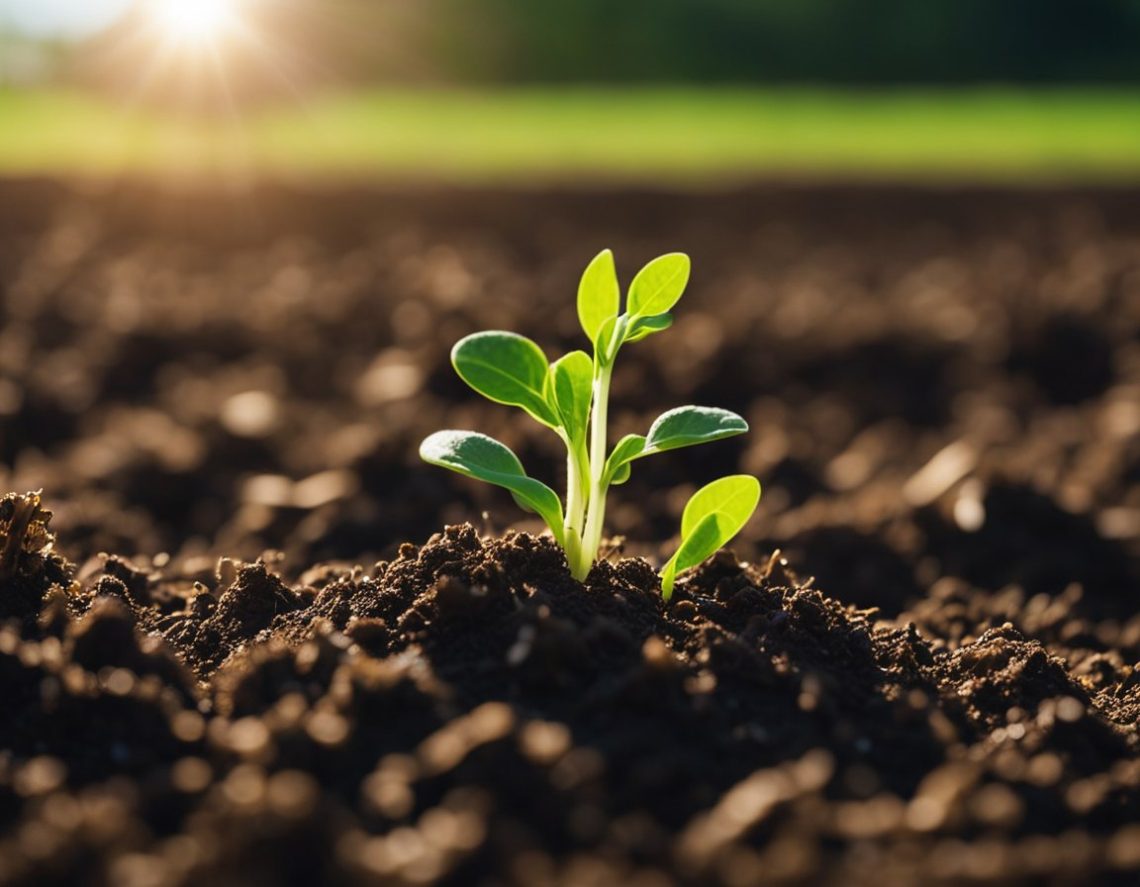
Kentucky Bluegrass Germination Time: Quick Tips for a Lush Lawn
Kentucky bluegrass is a popular choice for lawns because of its lush, green appearance and durability. On average, Kentucky bluegrass takes about 21 to 28 days to germinate. This can vary depending on factors like soil preparation, temperature, and moisture.
As we dive into the process, we’ll share tips on how to create the perfect conditions for your grass to thrive. From soil preparation to the ideal mowing height, every step matters to ensure a resilient, beautiful lawn.
Join us as we explore the best practices for planting and caring for Kentucky bluegrass. Whether you’re starting from seed or sod, understanding the timeline and proper care will help you achieve that perfect green lawn you’ve always wanted.
Understanding Germination

Germinating Kentucky bluegrass successfully requires the right conditions and knowledge of its growth stages. Let’s explore what we need for ideal germination conditions and the stages this grass goes through.
Ideal Conditions for Germination
Kentucky bluegrass seeds prefer cooler weather, making early spring an optimal time for planting. Soil temperature should be between 50°F and 65°F for best results. We need to plant the seeds at a depth of about one-fourth to half-an-inch.
Moisture is crucial. The soil needs to stay moist but not waterlogged. Too much water can rot the seeds, while too little can dry them out. Frequent, light watering helps keep the soil at the right moisture level.
Sunlight also plays a key role. Kentucky bluegrass thrives in areas with full sun to partial shade. Ensuring our lawn gets enough light without being too shaded will help the seeds to grow strong and healthy.
Stages of Kentucky Bluegrass Germination
Kentucky bluegrass goes through several germination stages. First, the seed absorbs water and swells. This begins the germination process.
Next, the root (radicle) emerges, reaching down into the soil to anchor the plant and absorb nutrients. This is followed by the shoot (coleoptile) breaking through the soil surface, which will become the grass blade.
Finally, the grass continues to grow, leading to a lush lawn if the conditions remain favorable. This entire process can take anywhere from 14 to 30 days.
Keeping an eye on these stages helps us understand if our seeds are on track to becoming a beautiful, green lawn.
Factors Affecting Germination Time
Many factors can influence the germination time of Kentucky bluegrass. These include the depth at which seeds are planted, soil compaction, watering practices, temperature, and light conditions.
Seed Depth and Soil Compaction
The depth at which we plant Kentucky bluegrass seeds is crucial for successful germination. If seeds are too deep, they may not get enough light or air, and if too shallow, they can dry out or be washed away. Ideal depth is around 1/8 to 1/4 inch. Soil compaction also matters because compact soil can prevent roots from growing properly. We should ensure the soil is loose and well-aerated to help seeds grow effectively.
Watering and Moisture Levels
Correct watering is vital for Kentucky bluegrass germination. Seeds need consistent moisture but not too much water. We should aim to keep the soil damp, not soaked. Light, frequent watering is better than heavy, infrequent watering. This helps the seeds absorb the right amount of water they need without becoming waterlogged, which can cause them to rot.
Temperature and Climate Variables
Kentucky bluegrass seeds germinate best when soil temperatures are between 59°F and 86°F (15°C – 30°C). If the soil is too cold or too hot, germination can slow down or stop completely. We need to monitor soil temperatures and plan our planting accordingly. Additionally, the climate in our area can impact germination times. Warmer climates may require different care compared to cooler regions.
Light and Shade Impact
Light is another important factor in germination. Kentucky bluegrass needs some light to germinate, but too much shade can slow down the process. We should plant the seeds in areas where they get enough sunlight but also protect them from extreme light conditions. A balanced light environment helps ensure that our Kentucky bluegrass seeds have the best chance for successful germination.




